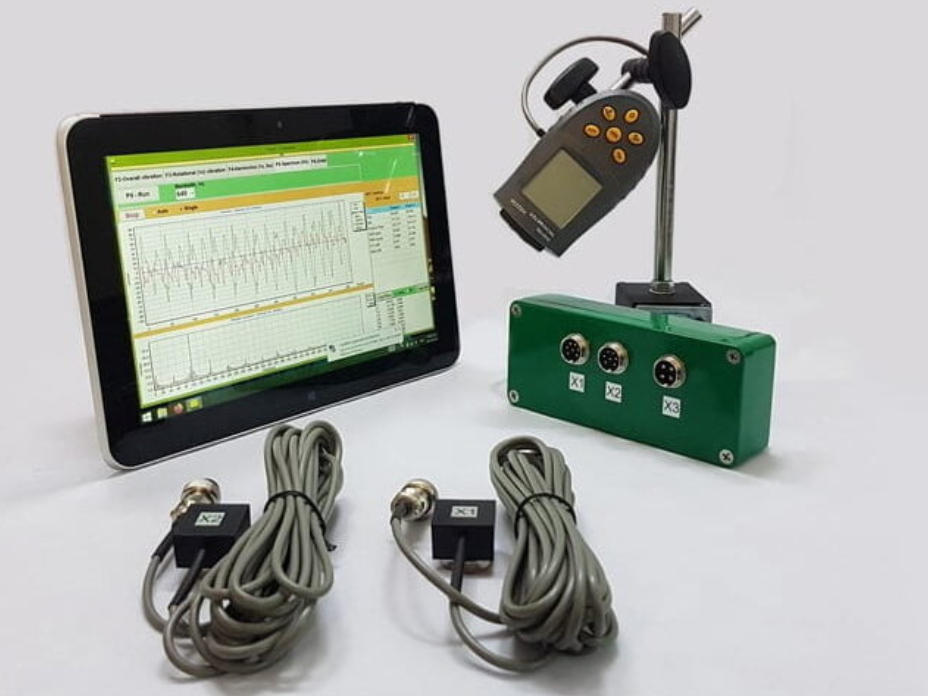COVID therapies and vaccines propel rise in spending on medicines in 2021 (NYSE:PFE)

Petmal/iStock via Getty Images
Demand for COVID-19 vaccines and therapies helped contribute to a 12% increase in spending on medicines in the U.S. in 2021, according to the IQVIA Institute for Human Data Science.
U.S. spending on medicines reached $407B last year, with COVID-19 vaccines and therapeutics adding $29B to that amount.
IQVIA’s (IQV) report, The Use of Medicines in the U.S. 2022, found that prescription drug use reached 194B daily doses in 2021, a new record. However, new prescriptions dispensed for acute and chronic medicines has yet to return to pre-pandemic levels.
The use of biosimilars — generic versions of expensive biologic-based drugs — increased significantly and offset increased use of branded medicines.
Specialty medicines now account for 55% of all spending driven by growth in autoimmune and oncology treatments. A decade ago, these medicines only accounted for 28% of spend.
In 2021, patient out-of-pocket costs rose $4B to $79B.
The report also found that health services utilization returned to pre-pandemic levels by the end of 2021. However, it has not yet made up for the backlog of mixed healthcare visits.
Telehealth visits, which accounted for less than 1% of all doctor visits prior to the pandemic and reached 15% in April 2020, accounted for ~4% in the second half of 2021.
IQVIA (IQV) predicted that use and spending on medicines in the U.S. will return to pre-pandemic growth by 2023, with a compund annual growth rate of 1%-4% through 2026.
The reported noted that more than 250 new drugs are expected to launch in the next five years adding more than $100B in new spending. Immunology, oncology, and neurology therapies will spearhead this growth.
Selected pharma/biotech companies: Pfizer (NYSE:PFE), Merck (NYSE:MRK), Eli Lilly (LLY), Johnson & Johnson (NYSE:JNJ), Bristol-Myers Squibb (BMY), Moderna (MRNA), AstraZeneca (AZN), Novartis (NVS), GlaxoSmithKline (GSK), Roche (OTCQX:RHHBY), Sanofi (SNY), BioNTech (BNTX), Amgen (AMGN), Gilead Sciences (NASDAQ:GILD), and Regeneron Pharmaceuticals (REGN).
According to data from Rx Savings Solutions, drugmakers increased the list prices of prescription medicines by an average of 6.6% during the first few weeks of 2022.









